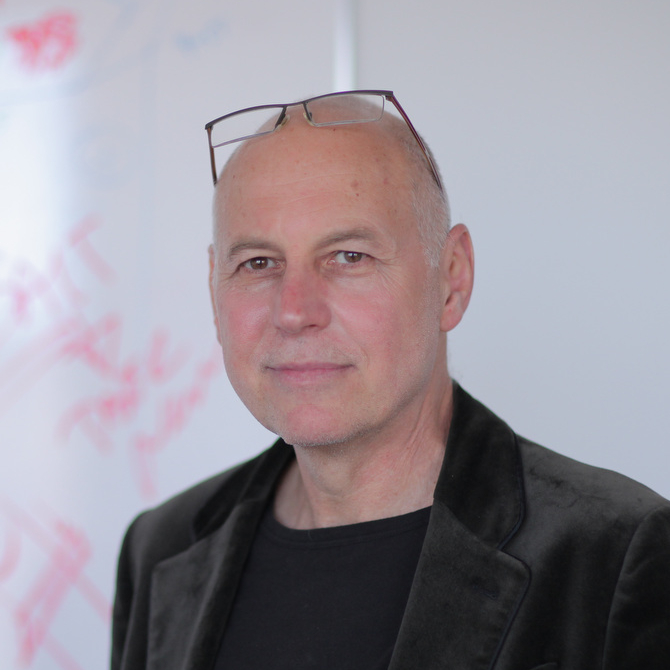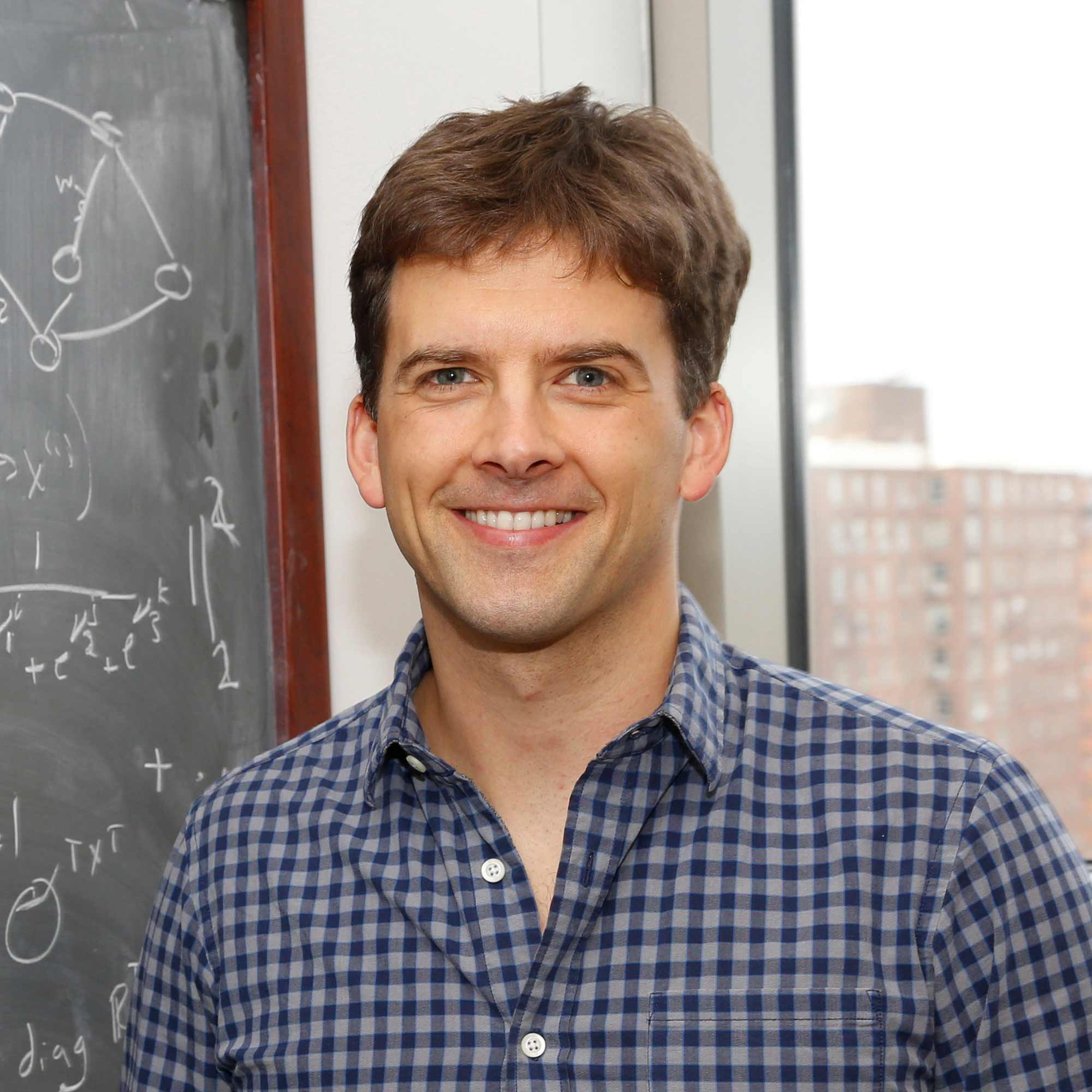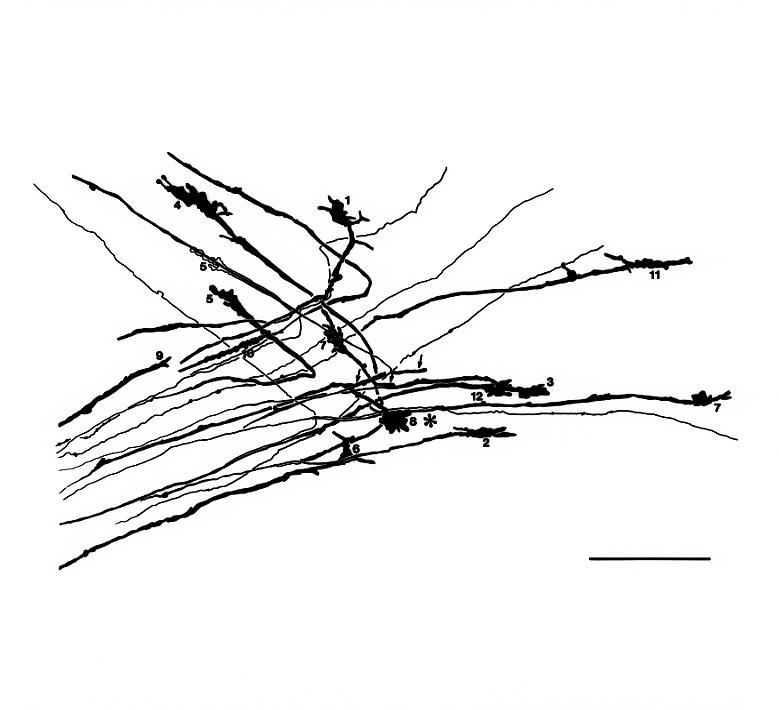In music, timing is everything. Players enter and exit on cue, each sounding their notes at the right moment for the right length of time. An apt analogy for how a brain develops, cell by cell, says Minoree Kohwi, PhD, a principal investigator at Columbia University’s Mortimer B. Zuckerman Mind Brain Behavior Institute.
“Billions of brain cells with unique chemistries, shapes, connections and sizes must be born and grow at just the right time and place, if they are to come together to form a healthy brain,” she says.
Using fruit flies as a model in her lab, Dr. Kohwi examines how a cluster of ‘baby,’ undifferentiated cells in the brain — called neural stem cells — can produce a structure as intricate and complex as the brain. At the cellular and molecular level, fruit fly brains develop much like the brains of humans. And because the brains of fruit flies have fewer cells and mature so rapidly, they represent an ideal model for studying the underlying mechanisms of brain development.
As neural stem cells divide in the developing brain, they churn out different types of cells, which grow and mature — and enable us to see, move or smell, for example. For all of this to happen, the genes inside these neural stem cells first must get switched “on” and “off” in a precise sequence.
Billions of brain cells with unique chemistries, shapes, connections and sizes must be born and grow at just the right time and place, if they are to come together to form a healthy brain.
But there is an added level of complexity to this process that researchers are just beginning to understand. Each stem cell must orchestrate not only the order in which the genes get turned on, but also when — and they must do so in an extremely narrow window of time. In the fruit fly, this can happen in just a few hours.
“Think of each gene as a single musical note: by itself, a note is an isolated sound, but play each note at the right time for just the right duration, and you get a beautiful symphony,” says Dr. Kohwi. “But the flip-side is also true. The right gene turned on at the wrong time is akin to a sour note, which could potentially have catastrophic effects in the developing brain.”
Dr. Kohwi is also working to determine what controls these genetic on-off switches. Recently she and her team discovered something completely unexpected. At precise moments during development, the genes inside neural stem cells physically travel from one compartment to another within the nucleus of a cell. This relocation at least in part controls whether genes can be turned on, or whether they are permanently stored away. She is now working to better understand this phenomenon.
Uncovering the “musical score” that underlies neural stem cell activity could help us understand the brain as it develops, piece by piece. This critically important work would offer key insights into how brain disorders arise — and potentially how to treat them.
Dr. Kohwi is excited about the possibilities, particularly given the latest breakthroughs in stem cell technology. Scientists can now transform adult cells back into stem cells; work that won the 2012 Nobel Prize and that is already revolutionizing the field of regenerative medicine. Recent advances have also identified small reservoirs of neural stem cells that persist in the adult human brain. If scientists could tap into these reservoirs—and manipulate the neural stem cells inside — they could, in theory, transform them into any number of fully mature neurons to replace those lost or damaged due to disease or injury.
Those objectives may be long term, but the initial milestones along the route are clear. “If we can master our understanding of fruit fly brain development at the deepest level, that could bring us closer to deciphering the molecular melodies that guide the growth of our own brains,” says Dr. Kohwi.


